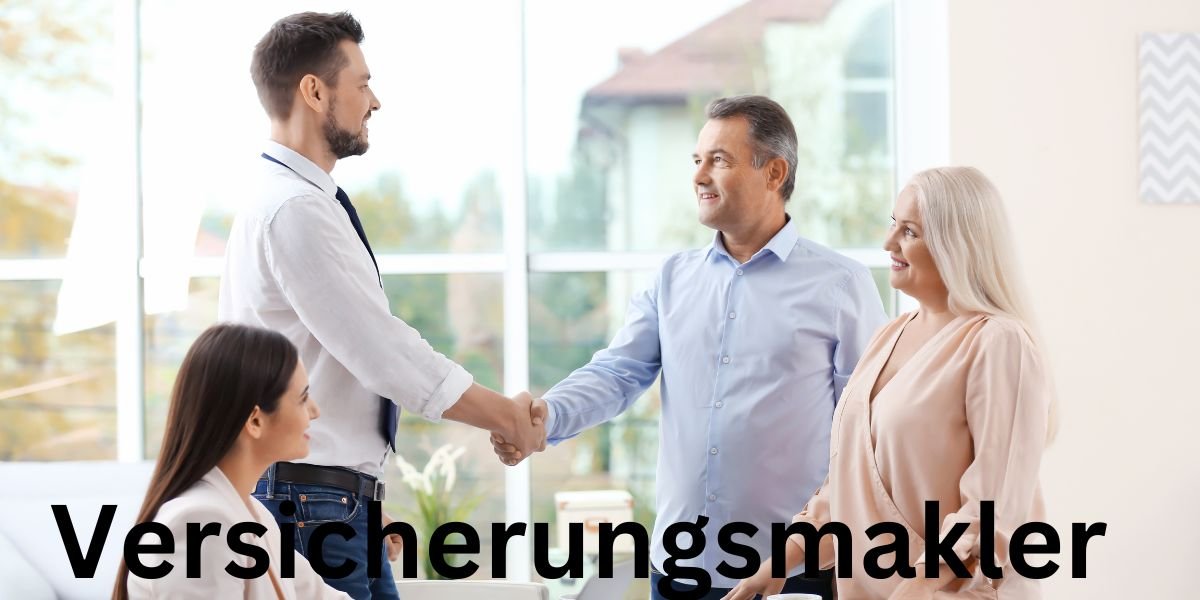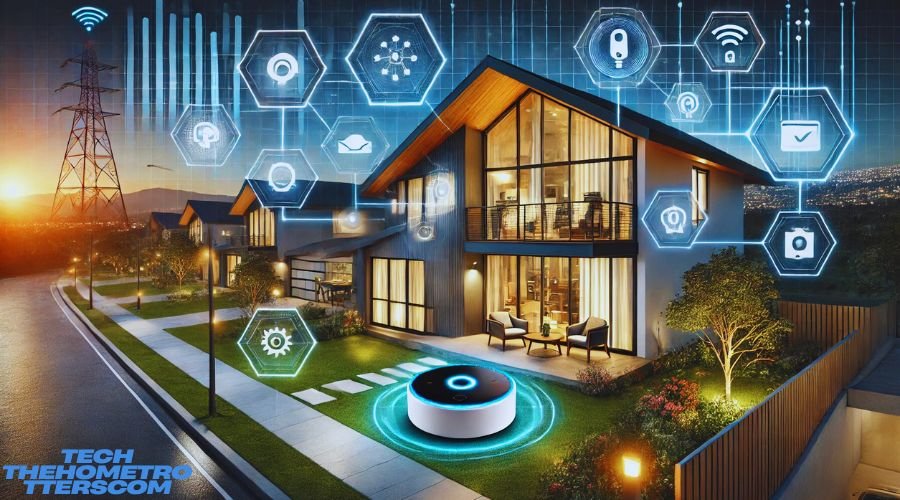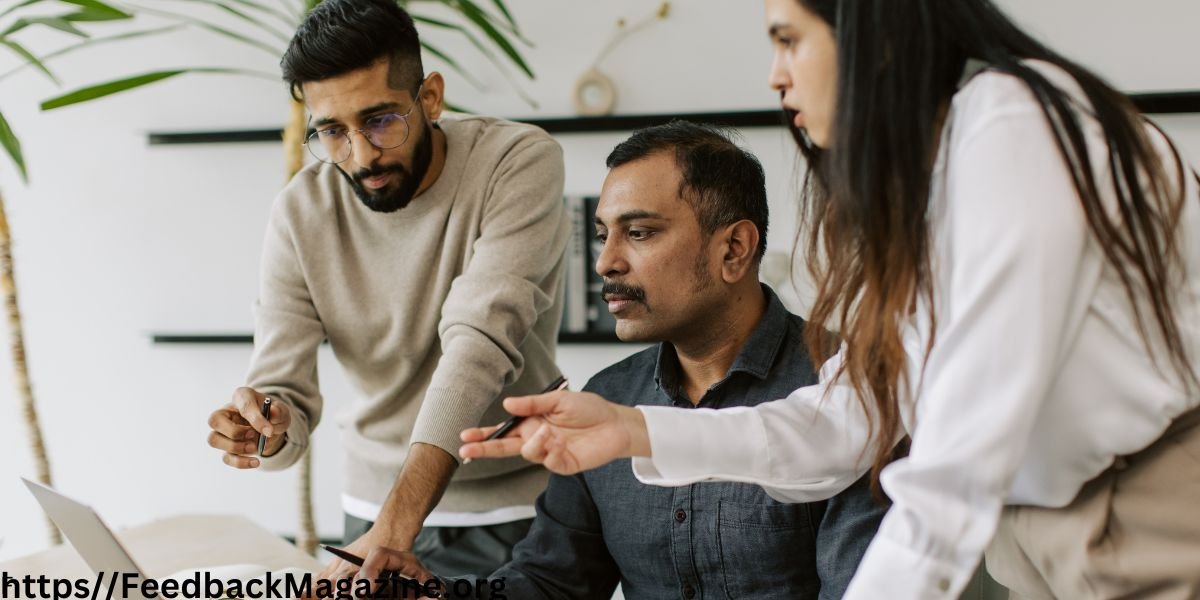In the world of design and aesthetics, color plays an essential role in influencing how we perceive and respond to visuals. Among the spectrum of colors, aesthetic:htpyduyk9iy= blue has a unique and powerful presence, symbolizing tranquility, trust, and sophistication. This blog delves into the significance of blue in aesthetic design, examining its psychological impact, various shades, and how to strategically use this color to enhance any design project.
The Psychological Impact of Blue
Aesthetic:htpyduyk9iy= blue is often associated with feelings of calm, trustworthiness, and professionalism. The psychological impact of blue is profound, affecting how viewers feel and react to a space, brand, or piece of art.
- Calming Effect: Studies show that blue is one of the most soothing colors in the color wheel. Light shades of blue, such as sky blue and baby blue, can create a serene environment, which is why they are frequently used in spaces intended for relaxation, such as bedrooms or meditation spaces.
- Trust and Security: Darker shades, like navy and royal blue, evoke feelings of security and authority. This is why many financial institutions and corporate brands incorporate blue into their logos to inspire confidence and reliability.
- Productivity and Focus: Blue has also been linked to increased productivity and concentration. Workspaces and study areas benefit from blue hues, as they can help improve focus and mental clarity.
Read Also: Cute: Aju9Uqaz1Ze= Gif Wallpaper | MyWirelessCoupons.com About | Orry Father | now.gg.roblox
Popular Shades of Blue and Their Uses
Understanding the different shades of aesthetic:htpyduyk9iy= blue and their specific applications can help designers choose the right tone to achieve their desired effect. Here are some of the most popular shades of blue and their aesthetic uses:
- Sky Blue: A soft, gentle blue that is refreshing and uplifting. Sky blue is ideal for creating a relaxing atmosphere and works well in spa environments, wellness centers, and casual spaces.
- Royal Blue: A rich, deep blue that exudes luxury and sophistication. It’s perfect for high-end brands and can elevate a design by adding a sense of elegance. Royal blue works beautifully in fashion, jewelry, and upscale interiors.
- Navy Blue: This dark, professional shade of blue is often used in corporate branding and office spaces. Navy blue conveys reliability, making it ideal for businesses and institutions looking to establish trust.
- Turquoise and Teal: These vibrant blue-green shades bring a sense of energy and modernity to a design. Teal and turquoise work well in creative spaces, tech companies, and youth-oriented brands.
- Baby Blue: Often associated with peace and innocence, baby blue is a soft pastel shade frequently seen in nurseries, healthcare settings, and gentle branding designs.
Read Also: TamilYogi | kfcsc Login Process | Manipal Hospital Mysore Reviews | GeM Seller Login
Why aesthetic:htpyduyk9iy= blue Works Well in Digital and Graphic Design
In digital design, aesthetic:htpyduyk9iy= blue is widely used for its versatility and compatibility with various other colors. Here’s why blue is a top choice for web and graphic design:
- Excellent Contrast: Blue contrasts well with other colors, especially when paired with white, black, or yellow. This makes it a popular choice for creating visually appealing websites and graphics that stand out.
- Universal Appeal: As a globally appreciated color, blue resonates with people of all backgrounds and cultures. This universal appeal makes it a safe choice for brands targeting a diverse audience.
- Visual Clarity: Blue’s ability to reduce eye strain makes it suitable for digital applications where readability and clarity are important. Many websites, software interfaces, and mobile apps use blue for backgrounds, buttons, and text to create a clean and accessible look.
- Symbolism in Technology: Blue is associated with innovation and trust in the tech world. Major tech companies such as Facebook, Twitter, and IBM use blue as a primary color to convey professionalism and reliability.
Read also: Salish Matter Age | Jodie Woods Age | How to Take a Screenshot on a Chromebook
Using aesthetic:htpyduyk9iy= blue to Evoke Emotional Responses in Design
Blue can be strategically used to evoke specific emotional responses from viewers, making it an invaluable tool in marketing, branding, and interior design. Here’s how blue can be used to influence emotions:
- For Relaxation: Blue’s calming effect makes it ideal for brands and spaces promoting wellness. Health and wellness brands often use soft blue tones in their logos and marketing materials to convey peace and care.
- For Luxury and Exclusivity: Deep blue shades like royal blue and navy add a touch of luxury to designs. High-end brands in jewelry, automotive, and luxury real estate often use these tones to create a sense of exclusivity.
- For Action and Engagement: Brighter blues can stimulate engagement, making them suitable for call-to-action buttons and social media icons. Websites and apps often use blue for interactive elements, encouraging users to click and explore.
- For Productivity and Focus in Spaces: In interior design, blue is known to boost productivity and focus, making it ideal for workspaces, offices, and educational institutions.
Best Practices for Incorporating Blue in Design Projects
When using blue in a design, it’s essential to understand how different shades interact with various elements and target audiences. Here are some best practices:
- Balance Blue with Neutral Colors: Pair blue with neutral colors like white, gray, or beige to create a balanced look that’s easy on the eyes.
- Consider Cultural Contexts: Blue has different connotations across cultures. While it’s widely viewed as a positive color, understanding its cultural meanings in various regions can ensure the design resonates globally.
- Use Blue as an Accent: In spaces or designs where you want to avoid overwhelming the viewer, consider using blue as an accent color. For example, a blue accent wall or blue decorative items can add a touch of color without dominating the space.
- Combine with Textures and Patterns: For interior designs, combining blue with interesting textures like wood, metal, or textiles can create a dynamic and visually appealing effect. This approach works well for creating focal points and enhancing aesthetic depth.
Read Also: The Benefits of Plant Nurseries Webfreen.com | Classroom 6x Games
The Role of Aesthetic:htpyduyk9iy= blue in Branding and Marketing
Aesthetic:htpyduyk9iy= blue has become a cornerstone in branding for various industries due to its versatility and positive connotations. Here’s how different industries use blue to enhance their branding and marketing efforts:
- Healthcare: Blue conveys trust, safety, and calm, making it a top choice for healthcare providers, pharmacies, and wellness brands. Many healthcare companies use blue to communicate reliability and empathy.
- Finance and Insurance: Financial institutions rely on blue to foster trust and security. Companies in banking, insurance, and investment management often use blue tones to assure clients of their stability and integrity.
- Technology and Innovation: Blue is widely used in the tech industry, symbolizing intelligence, innovation, and reliability. Tech giants like Facebook, Twitter, and LinkedIn use blue in their branding to appeal to a broad, professional audience.
- Travel and Hospitality: Blue is associated with open skies and oceans, making it a natural fit for travel and hospitality brands. Many airlines, hotels, and tourism agencies incorporate blue to evoke freedom and adventure.
Conclusion
Aesthetic:htpyduyk9iy= Blue is an influential color in design and aesthetics, offering a range of benefits across various applications. Its ability to evoke calm, trust, and sophistication makes it a top choice in branding, interior design, and digital media. Whether used to create a tranquil atmosphere or enhance a brand’s professional image, blue holds a unique power that resonates with people on both visual and emotional levels.









